Public and sovereign pension funds face a unique set of challenges, sometimes related to resource constraints and often to the glare of open scrutiny.
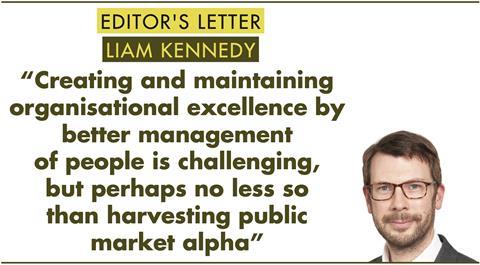
They possess huge resources. Research by the think-tank the Official Monetary and Financial Institutions Forum (OMFIF), finds that the top 100 global public pension funds saw asset growth of over 14% between 2021 and 2022.
Between them, the top 100 public funds and top 50 sovereign funds oversee more than $27trn (€25.3trn) globally, according to OMFIF. Many enjoy huge-scale economies but some lack the flexibility to implement innovative strategies.
Large public institutions are also subject to political risk, even in mature, stable democracies, where their resources and power may be exploited.
Political risks come in different guises. Their public profile means many public funds can be subject to direct action or campaigns – usually to divest from sectors or countries perceived as undesirable, such as fossil fuels or Israel. On the other hand, a backlash against ESG is limiting the investment freedom of some US state pension plans.
Another is policy risk: it can sometimes be too easy for politicians to change investment horizons or interfere in investments, most often by requiring funds to invest more in one or other sector – start-ups, renewable energy or neglected regions, for instance.
Populist politicians may be tempted to cut contributions to public pensions, and the comfortable retirement benefits of civil servants are also an easy political target. This channels ‘defined-benefit envy’, where state employees are portrayed as enjoying cushioned pensions no longer available in the private sector.
Settled political consensus – often hard to achieve and maintain – will help avoid such issues.
Canada’s model of political independence is admirable but less easy to attain. It involves creating arm’s-length autonomous public-sector institutions that are free to set their own recruitment budgets and long-term asset allocation strategies without political interference.
In Denmark, ATP is subject to its own legislative framework and in Sweden a cross-party pensions group governs the AP buffer funds.
Canada’s pension funds are also famed for their sophisticated investment approaches, particularly in private markets. But these are hard to emulate, and capabilities, along with the credibility needed to act in such markets, take years (if not decades) to create.
After more than a decade of accommodative monetary policy, the investment strategies of public pension funds are now under unprecedented strain. OMFIF’s research notes demand for greater active management, but public and sovereign funds have historically found it hard to implement active strategies effectively for the good reason that many such approaches are not sufficiently scalable.
Some may seek to follow Norway’s multi-faceted approach under Nicolai Tangen, the CEO of the Government Pension Fund Global (GPFG). A recent strategy paper sets out an interesting combination of grand ambitions in keeping with the fund’s size – such as to be a global leader in responsible investment – and modest changes at the margins.
Other changes include taking more active sector bets, applying fundamental research capability, using forensic accounting deep-dives and taking stakes in companies pre-IPO.
Better use of liquidity and trading more efficiently, optimising securities lending are also areas where large institutions like GPFG can improve their performance.
Perhaps the most ambitious and far-thinking ambition is a tacit acknowledgement that very large institutions can engender a culture of security and risk aversion that leads to mediocre investment performance.
To break out of the mould, GPFG is focusing strongly on its people. It is seeking to create the “psychological safety” needed to take risks. Already admirably transparent in comparison with its sovereign fund peers across the world, GPFG also wants its people to interact on Norway’s public stage but in an understated way – in schools and communities.
Large-scale public pension funds have long sought to leverage their strength by creating world-class teams with the best people possible. Creating and maintaining organisational excellence by better management of people is challenging, but perhaps no less so than harvesting public market alpha, building up private markets capability or engineering political consensus.
Millennials are already influencing the world in unexpected ways, and now a new generation of post-pandemic graduates is entering the workforce. Less hierarchical, meritocratic organisations can be motivated by the unique values of large pension funds. Tapping this hidden strength can be a new source of alpha.
Liam Kennedy, Editor
liam.kennedy@ipe.com









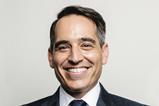


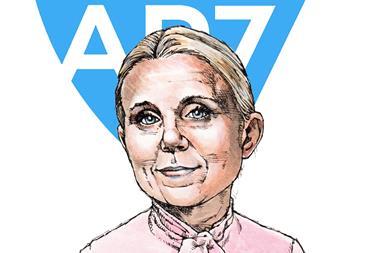





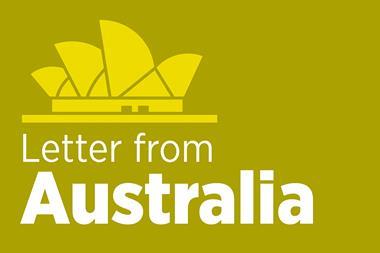
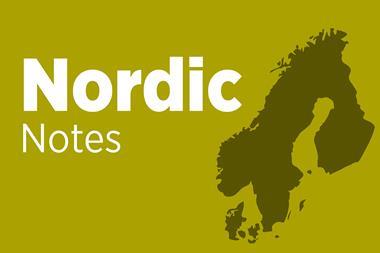

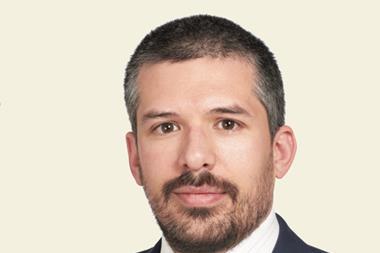

No comments yet